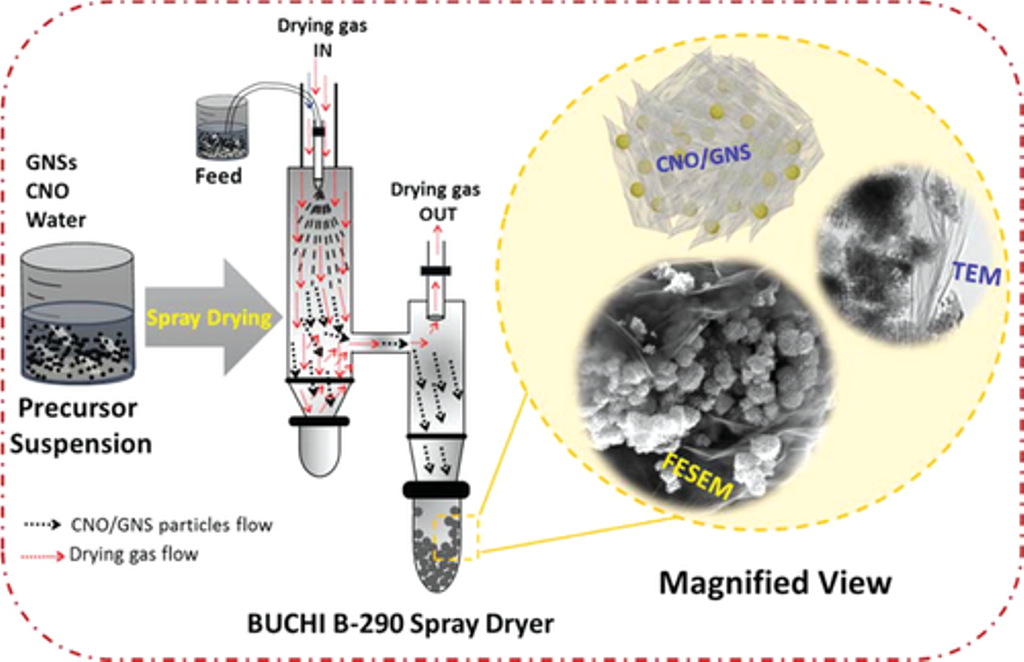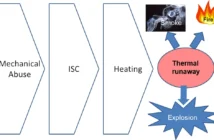Consumers have become restless about the perceived inadequacies of lithium-ion battery technology. This may be because phone and laptop manufacturers keep producing faster-looking devices. Yet they all suffer from the limited capacity of their lithium batteries. Finally, scientists at University of Vienna, Austria may have the answer in the form of a graphene nanocomposite anode.
What is a Graphene Nanocomposite in Plain English?

A composite is something made from several parts or elements. Hence concrete is a composite of sand, stone and cement. Therefore a graphene nanocomposite anode comprises a graphite derivative combined with other materials. We asked materials chemist Freddy Kleitz from the Faculty of Chemistry of the University of Vienna to explain further.
“The new anode is a mesoporous mixed metal oxide in combination with graphene,” he began. After a quick Google we knew mesoporous material contains pores with diameters between 2 and 50 nm, so they are minute holes. This creates a larger surface area for storing ions temporarily. “The material could provide a new approach how to make better use of batteries in large devices,” Freddy explained.
The Middle Road We Were Waiting For, Perhaps?
Many batteries, including lithium-ion ones have graphite anodes. Scientists prefer these over metal oxide ones because they are more stable and more conductive. Materials chemist Freddy Kleitz has apparently found a compromise using a composite of mixed metal oxide and graphene.

The university says his graphene nanocomposite shows “superior characteristics compared to those of most transition metal oxide nanostructures and composites.” Thus it has high hopes Freddy Kleitz’s discovery will advance the cause of electric vehicles. “Because our innovative engineering strategy for the new high-performing and long-lasting anode material is simple and efficient.
“Moreover, it is a water-based process and therefore environmentally friendly and ready for application at industrial level”, the study authors conclude.
Related
A Supercapacitor Graphene Battery
CSIRO Makes Graphene from Soybeans
Preview Image: 2D/3D Nanocomposite Based on Graphene




